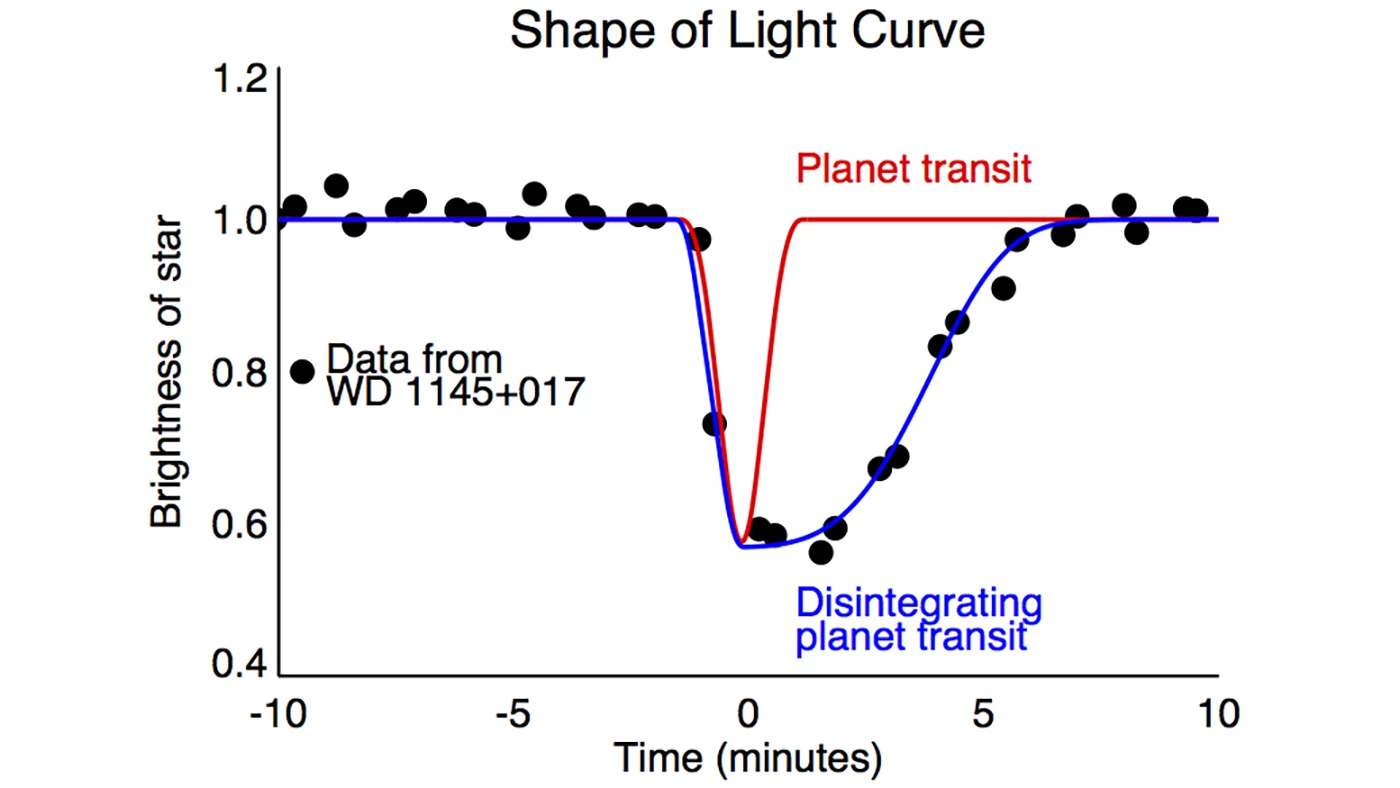Astronomers have used NASA's Kepler space telescope, in its K2 incarnation, to identify a small, rocky "miniature planet" orbiting a distant white dwarf. It's the first known object to orbit such a star, and its existence is adding weight to a theory concerning atmospheric pollution of white dwarfs.
The object in question is located in the constellation of Virgo, and is very small (by cosmic standards at least). Defined as a planetesimal, it's made primarily from dust and rock, and is only around the size of a large asteroid.
The object was found orbiting around a very old, dense star – a white dwarf known as WD 1145+017. Once like our own sun, these objects expand to form red giants as they age, before loosing around 50 percent of their material and shrinking down to around the size of the Earth.
The discovered object is orbiting around WD 1145+017 once every four and a half hours, meaning that its extremely close to the old star. That proximity to the strong gravitational force and extreme heat of the white dwarf is thought to be vaporizing the planetesimal.
The discovery of the pair was made while K2 was trained on the spot in the constellation of Virgo between May and August 2014. The astronomers witnessed a very small change in the brightness of the white dwarf, a clear sign of an object passing in front of the dead star.

However, when the brightness data was plotted on a graph, it didn't show the U-shaped pattern typical of a planet moving in front of a star, but instead exhibited an asymmetric, elongated dip. After some analysis, the team concluded that they were observing an orbiting object trailing a ring of dusty debris, likely being stripped from it by the white dwarf.
This tallied with an existing theory. While the intense gravity of white dwarfs means that their surfaces are chemically pure, with only helium and hydrogen present, it's long been thought that they might have polluted atmospheres, with materials like silicon, magnesium and iron pulled in by the gravity of the old star. The new findings add credence to that theory.
"For the last decade we've suspected that white dwarf stars were feeding on the remains of rocky objects, and this result may be the smoking gun we're looking for," says K2 staff scientist Fergal Mullally.
Source: NASA




